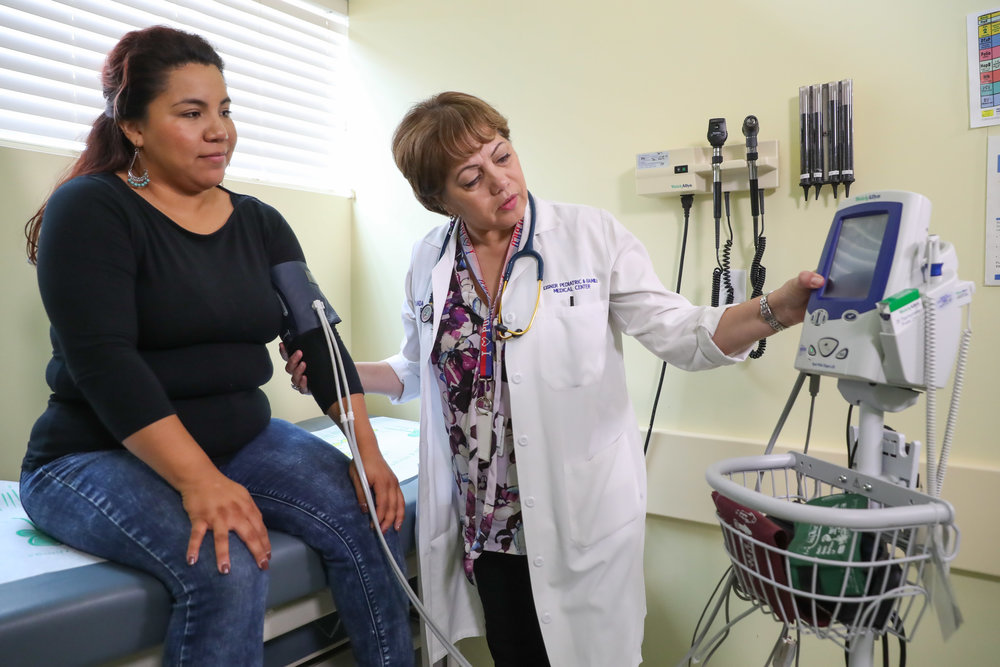https://www.foodfuture.co/blog-harvest/2017/10/24/foodaccess
America’s farm-to-table food movement and the ever-growing emphasis on local food are good news for both the environment and our economy. From haute cuisine to small food businesses, owners are increasingly sourcing local, seasonal, and sustainable products. These ingredients, which make for fresher and tastier dishes, not only support the local economy and promote sustainability, but they cater to a growing audience of conscientious consumers and offer array of marketing opportunities. However, this movement towards fresh and local produce lacks focus in one very important area—one that will determine the future of local food and American agriculture: affordability and accessibility.
Hunger is most often depicted as a problem only encountered by “developing” nations. However, in 2016, 12.3 percent of all U.S. households were food insecure and 4.9 percent had very low food security. All told, that’s about 42.2 million people who are “uncertain of having, or unable to acquire, enough food to meet the needs of all their [family] members because they had insufficient money or other resources for food” at some point during the year. In other words, for 42.2 million Americans, it is much more challenging to buy organic, local, or even simply fresh ingredients.
Fresh produce is a riskier investment than shelf-stable, packaged food or ready-to-eat fast food. If you have just enough SNAP dollars (formerly known as food stamps) or just enough money to feed your family, can you afford to take a chance on broccoli or apples when you’re not sure if your children will even eat them? Or if they will spoil before you have a chance to cook them? Or if you work multiple jobs and have very limited time to spend on food preparation?
This is why Wholesome Wave, a non-profit organization, FoodFutureCo Cohort 2 company Generation Fresh, and various local governments have innovated public-private solutions to give Americans more money to buy produce and take a chance on healthier food options.
One of Wholesome Wave’s initiatives focuses on doubling the value of SNAP when spent on fruits and vegetables at a nearby farmer’s market or grocery store. Another initiative from Wholesome Wave is called “Produce Prescriptions” which provides infrastructure for hospitals and clinics to allow their doctors to prescribe fruits and vegetables to their patients. Patients receiving the produce prescription get an extra dollar per household member per day to buy fresh produce. Wholesome Wave reports that over half of the Produce Prescription participants reduce their BMI. Such successes are due in part to strategic partnerships with larger corporations like Target and healthcare providers like Eisner Health alongside federal grants.

Generation Fresh on the other hand funds its work to improve food access through sales of its healthy, affordable kids snacks, through federal grants, and through community partnerships. Generation Fresh’s Fresh Bucks, for example, “are free vouchers for kids to use at the Warrenton Farmers Market, to trade for fresh produce, foods, plants and locally-produced market goods.” Generation Fresh focuses its education and access on kids, so Fresh Bucks are designed with kids in mind and empower them to purchase fresh produce to share with their friends and family.
These burgeoning public-private partnerships have also inspired government programs to increase access to local produce for food insecure communities. Last May, during a panel at the New York City Food Policy Center at Hunter College Barbara Turk, Mayor Bill DeBlasio’s Director of Food Policy, noted that New York’s “Health Bucks” program, which provides a $2 coupon for fruits and vegetables at the farmer’s market for every $5 in SNAP that the customer spends there, shares a similar approach with Wholesome Wave. Taking inspiration from New York, farmers market programs have been installed by numerous other city governments across the nation. During this same panel, Wholesome Wave CEO Michel Nischan noted that it is more economical for the government to provide a family of four with fresh fruits and vegetables than it is to respond to just one of those family members falling ill with diabetes—a lifestyle disease that can largely be prevented and reversed through eating a plant based diet.
The benefit to these programs is felt not only by those who have increased access to fresh produce, but also by local farmers. The panelists claimed that these types of nutrition incentives increased farmer’s market patronage in New York by 22 percent. This economic boon to small local farmers helps them to expand, buy new farm equipment, and pay their workers and mechanics equitably for their work.
Now, consider these results in the context of national SNAP usage — in 2016 the Economic Research Service (ERS), the USDA and the US Census Bureau found that 59 percent of food-insecure households reported participating in at least one of the three largest Federal nutrition assistance programs: SNAP, Supplemental Nutritional Assistance Program for Women, Infants, and Children (WIC), and the National School Lunch Program. If more programs emerge across the country to give SNAP recipients greater incentive to buy produce at farmer’s markets, the impact on our national health, economy, and environment would be tremendous. As Nischan has noted, “underserved consumers can be heroes in changing our food system.”
